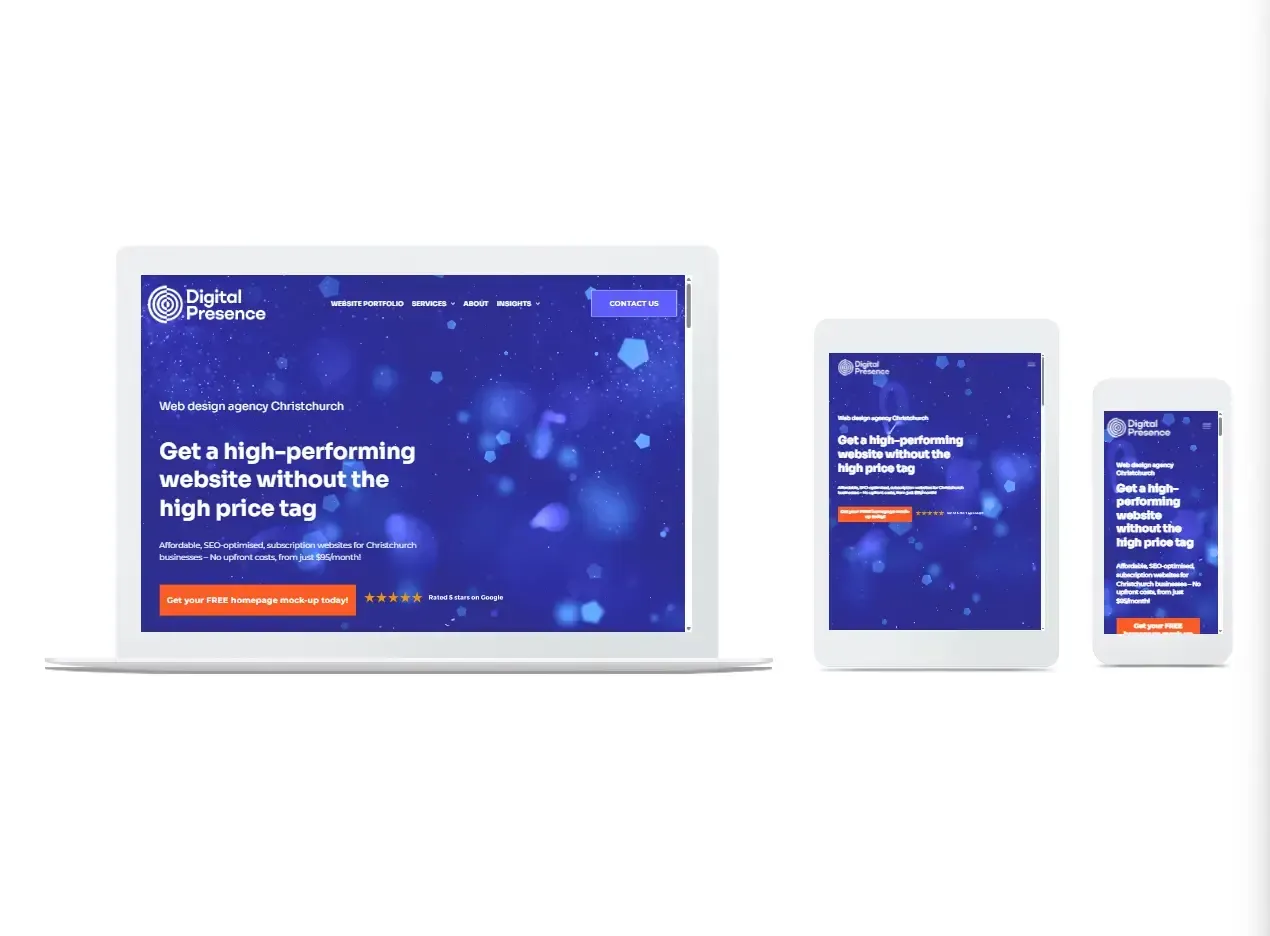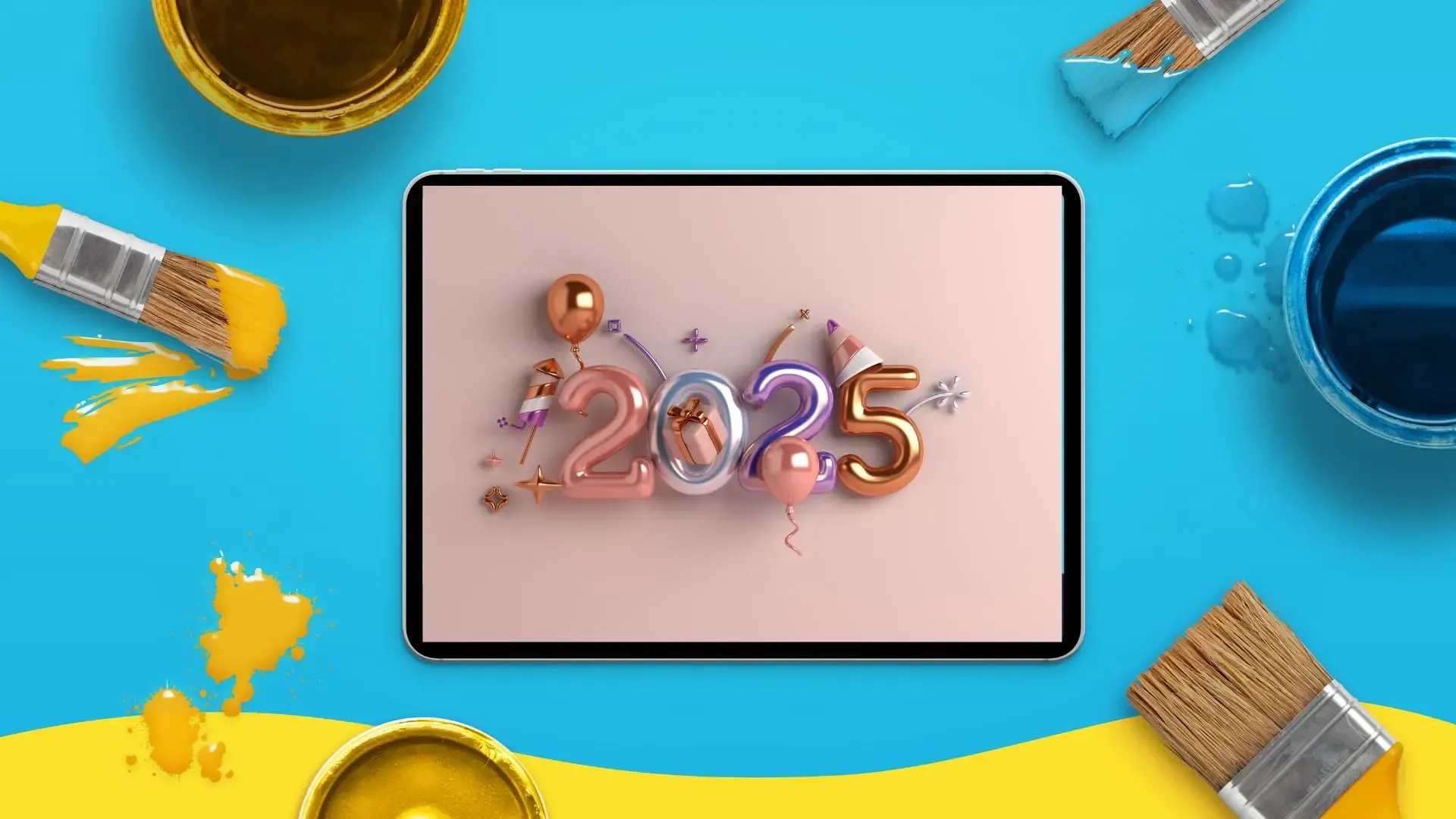How long is the best SEO content?
Blog writing is a key component of a successful content marketing strategy. SEO (search engine optimisation) content attracts visitors to a website by using keywords and phrases the target audience is actively using in search engines to find a solution to their query. "How long do blog posts have to be?" one of the most common questions among digital Presence clients is, "how long do blog posts have to be?" it depends.
Ask yourself why you are writing the blog post, what’s your motivation?
- To educate visitors and add context to your products or services?
- To expose your business to a new audience and generate leads with SEO?
- To showcase your industry knowledge and expertise?
- To develop brand personality?
Your answer may be a mix of the above, they are not mutually exclusive, but by writing content with intent, you’ll be able to distinguish how long your blog should be.
What’s the shortest blog length you should write?
To tickle the fancy of Google, 300 words is the bare minimum. This short-length blog post is fine for communicating a short snappy piece of news or opinion or to adding context to images or a marketing business film.
Don't make short blog posts a habit. If you consistently post content that is shorter than average, Google will assess your site as a shallow resource for information, which can harm your ranking. Google and readers prefer quality content.
What’s the ideal blog post length?
Different types of posts have different ideal lengths. To optimise the effectiveness of your digital marketing strategy, the blog should have a strong mix of types:
Pillar posts – dive deep and cover the topic well
If your website is new and you want to get ranking for keywords quickly, concentrate first on a handful of really deep pillar posts. Hubspot research recommends pillar posts should come in around 4000 words – each covering inside and out of a topic. You are not trying to rank for a specific keyword but to show you are a reliable source of information and industry authority.
These pillar posts can then internally link to your keyword posts.
Keyword posts – get more into the niche of the topic
These blogs are more specific and target specific keywords. The pillar posts are like the trunk of a tree, and the keyword posts are like the branches. The ideal keyword post length is between 1500 to 2,500 words.
Answer posts – shorter responses to common questions
Write answer posts for the questions customers or clients repeatedly ask you. These posts often generate more traffic than other types of posts.
Write the question as to the title, answer it in the first paragraph, and expand the answer in 3 to 5 subheadings with a few paragraphs in each one & a total word count of around 500 to 1,000 words.
Blogging should not be underestimated as to what it can do for your business. However, it is not like the magic pills of Google Ads and Facebook marketing that will suddenly transform your sales – it’s a long-term strategy to create a steady stream of website traffic to grow your audience and generate leads.
Digital Presence is a web marketing agency, Christchurch based and collaborating with businesses from all over New Zealand. We help businesses get the most from their online activities. From responsive web design to graphic design services in Christchurch, PPC through to the SEO content you publish, we take the stress out of growing your business digitally. Contact us today for a jargon-free, no-obligation chat to see how our digital marketing team can help your business thrive.












